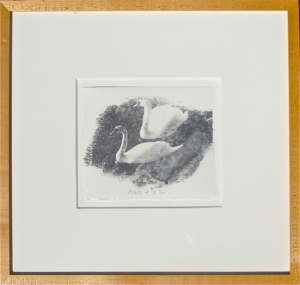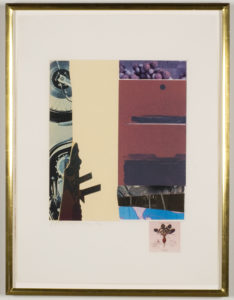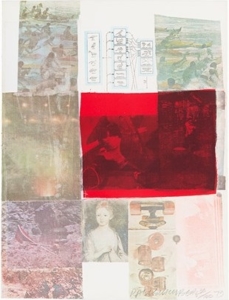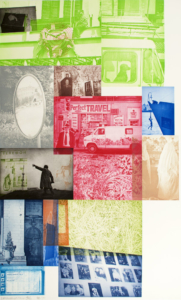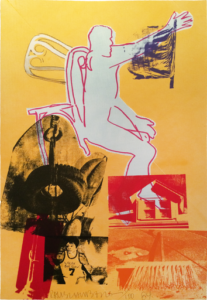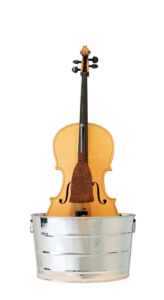Soviet American Array #1, 1988-89
Signed, dated and numbered, from an edition of 55, signed and numbered in pencil (there were also 11 artist proofs), published by Universal Limited Art Editions, West Islip, New York (with their blindstamp)
88 1/4 x 53 inches (224.2 x 134.6 cm.)
All works are inspected prior to delivery, work will be sent out tracked and insured at buyers cost. If you'd like to make specific arrangements or discuss collection then please contact us directly.
Accepted: Wire transfer
ART PLEASE Assurance Policy: Every ART PLEASE seller has been approved by ART PLEASE after a thorough review. All of our sellers are required to accept the following ART PLEASE policy: A buyer may return an item purchased through ART PLEASE, if the item received is not as described in its listing, or is found to be unauthentic.
American painter and graphic artist Robert Rauschenberg pioneered the use of nontraditional materials in the creation of artwork, incorporating three-dimensional everyday objects and printed matter such as photographs and newspaper excerpts. Those highly-acclaimed and disruptive ‘Combines’ resulted in the progressive blend of painting and sculpture, questioning the distinction between fine art and readymade objects. Although primarily a painter and sculptor, Robert also worked with printmaking, photography and performance throughout his six-decade spanning career. To him we owe the foundations of what would be later called conceptual art, based on his ‘Neo-Dadaist’ belief that it was at the artist’s own discretion to define art.
Created during the fall of communism, several photogravures – or photo etchings – that blend US and Soviet imagery and visual cues compose this work, examining the tension between two of the world’s preeminent superpowers. The use of recognizable figures is one of the artist’s trademarks, being able to identify in this photo several iconic buildings and people: the St. Basil Cathedral in Red Square, appropriately shaded in vivid red; the World Trade Center’s Twin Towers, painted in cold blue, and Vladimir Lenin, rendered in a golden hue, among other images. Rauschenberg’s work remained a far-reaching influence for later modern artists, such as Andy Warhol and Roy Lichtenstein, well beyond his lifetime.



